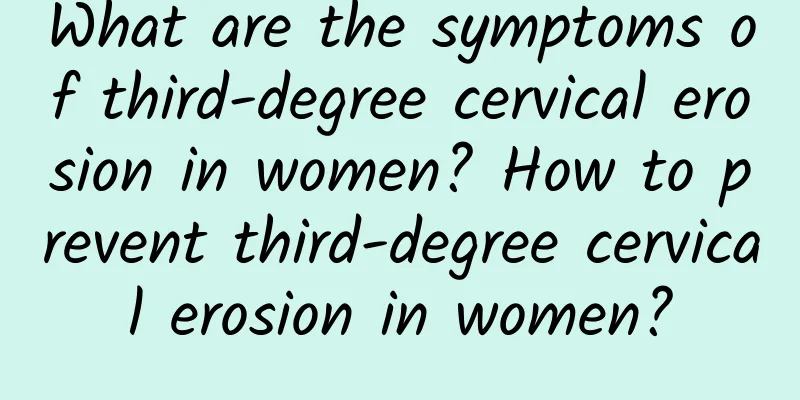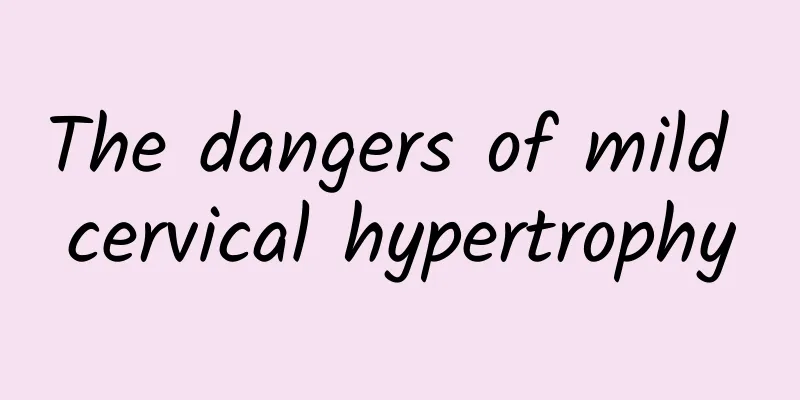What are the treatments for amenorrhea?

|
Amenorrhea is a common endocrine disease in women, which is divided into primary amenorrhea and secondary amenorrhea. Primary amenorrhea refers to women who have not had their first menstruation by the age of 18; secondary amenorrhea refers to women who initially had normal menstruation, but then stopped menstruating for more than 6 months due to illness, drugs or other reasons. There are different treatment methods for amenorrhea in traditional Chinese medicine and Western medicine. TCM treatment is based on the cause of amenorrhea and treats it according to the syndrome differentiation, and nourishes the body at the same time. TCM believes that amenorrhea can be divided into deficiency and excess. Excess is due to blood stasis and cold coagulation; deficiency is due to damage to Chong and Ren meridians and insufficient qi and blood. Treatment should be based on "draining the excess" and "tonifying the deficiency", and prescriptions should be used in combination with different symptoms. For example, amenorrhea caused by abortion is caused by mechanical damage, so when treating it, it should be considered to include kidney qi and Chong and Ren meridians in order to recover as soon as possible. There are also some women who are born with insufficient kidney qi, have multiple illnesses in childhood, or have excessive sexual intercourse after marriage. These situations often damage the kidneys, which can cause loss of Chong and Ren meridians, emptiness of blood sea, and irregular menstruation. Amenorrhea caused by ovarian insufficiency or premature aging in modern medicine mostly belongs to this category. For such patients, the general principle should be to warm and tonify kidney yang and regulate Chong and Ren meridians. It can be seen that TCM treatment of amenorrhea should first find the cause and treat it according to the syndrome differentiation. In addition, traditional Chinese medicine acupuncture and plaster therapy also have very good effects on treatment, and patients can be treated under the guidance of a doctor. Western medicine can be divided into systemic treatment, hormone therapy, artificial assisted reproduction, surgical treatment and other methods according to the cause. For example, for amenorrhea caused by intrauterine adhesions, the uterine cavity can be dilated, adhesions can be separated, intrauterine devices can be placed to prevent re-adhesion, and estrogen and progesterone can be used to promote endometrial hyperplasia and exfoliation. For ovarian or pituitary tumors, surgical treatment can be performed after diagnosis. Anti-tuberculosis treatment is given to patients with genital tuberculosis. For patients with congenital ovarian dysplasia, or those whose ovarian function is suppressed or destroyed to the point of functional failure, exogenous ovarian hormone replacement therapy can be used. These patients lack normal follicles and oocytes and do not secrete sex hormones. If estrogen or estrogen and progesterone artificial cycle therapy is given, the patient's physiological and psychological state of estrogen deficiency can be corrected, the reproductive organs and secondary sexual characteristics can be promoted to a certain degree of development, sexual life can be improved, and periodic withdrawal bleeding similar to menstruation can be caused. |
<<: Let everyone learn in detail about the precautions after uterine fibroid surgery
>>: Women should pay attention to the causes of ectopic pregnancy
Recommend
Yan Yige is extremely fat and extremely thin, with a 30kg difference. The secret to her successful weight loss is...
Yan Yige became ill a few years ago and experienc...
What is the cause of adenomyosis?
What is the cause of adenomyosis? As a common gyn...
The main symptoms of tumorous ovarian cysts
Tumorous ovarian cysts are one of the more common...
Menstrual period is an important period for the onset of pelvic inflammatory disease
Through understanding the causes of pelvic inflam...
Why is the first menstrual period dark in color after abortion?
Nowadays, society is relatively open, so the inci...
Is it possible for cervical precancerous lesions to recur?
Is it possible for cervical precancerous lesions ...
What causes uterine fibroids and how to treat them
Uterine fibroids are common benign tumors in wome...
What are the common symptoms of ovarian cysts?
What are the common symptoms of ovarian cysts? Ov...
Ten months of pregnancy: twins, one baby and one uterine fibroid
Ning Hong (pseudonym), who lives in Yilan County,...
How to relieve menstrual pain
How can menstrual pain be relieved? 1. Drink brow...
Is vulvar leukoplakia hereditary?
Can vulvar leukoplakia be inherited? Vulvar leuko...
What are the symptoms of cervicitis
Cervicitis has symptoms such as itching, lower ab...
Several common treatments for chronic adnexitis
Chronic adnexitis is relatively common for female...
Untreated dysmenorrhea can lead to infertility
Dysmenorrhea may be a warning sign of chronic pel...
What should not be eaten for uterine fibroids? Five kinds of vegetables should not be eaten for uterine fibroids
What can't you eat if you have uterine fibroi...









